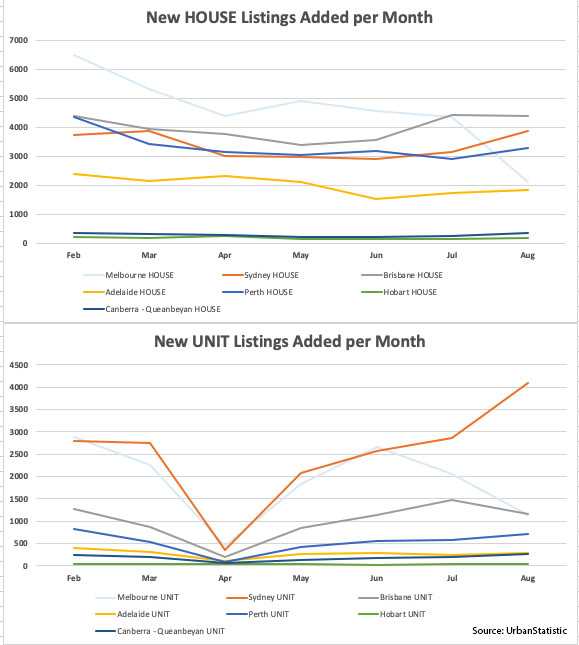Why distressed properties still sell at market value
Despite leading economists predicting a fall in the housing market once government support is withdrawn, a leading property researcher believes stock levels will have a greater impact on prices than owners needing to sell.

Starting from Monday, 28 September, the Morrison government will reduce eligible payments from $1,500 a fortnight to $1,200 a fortnight.
This change is likely to impact up to 3.5 million Australians who are currently relying on JobKeeper payment during the COVID-19 pandemic.
In a conversation with Smart Property Investment, InvestorKit’s head of research, Arjun Paliwal, explained why distressed sales does not mean the property will sell for under market value, with stock levels being pivotal to values.
“There can be houses in Melbourne, Sydney, anywhere really, where someone may have a need to sell,” Mr Paliwal said.
“However, if there are many owners who aren’t selling, then the problems come down to stock levels.”
Mr Paliwal explained that an agent will work in the best interests of the client, with the potential buyers unaware that it is a distressed sale.
“People don’t actively go in wanting to sell at a loss,” Mr Paliwal said.
“They will still put in a campaign. They will still get agents displaying poker faces. They will still try to make the place look nice where they can.”
“As a result, if the stock levels are low, you might see a distressed sale, but they may not sell for cheap,” he stated.
Mr Paliwal urged investors who have been waiting on the sideline for prices to fall to actively watch stock levels, with a reduction likely to mean prices hold firm.
“I am not a believer in the September cliff for our house market across most parts of Australia.

“The unit market currently in Sydney, Brisbane and Melbourne pre-second wave were displaying spikes in listings that took new listings added per month above pre-COVID levels.
“With border closure directly impacting those markets, investors will see greater pressure to sell their properties at a cheaper price.”
“Across the housing market at a city level, [excluding Melbourne, as there hasn't been enough sample size] the cliff is not showing. That is because listing levels remain lower or at pre-COVID levels not heightened above COVID levels, which would be the key indicator to look at.
“Over the next couple of months, if we are reviewing listing levels and where it sits in comparison with COVID, should they continue to remain low, then the cliff would not be showing for houses,” Mr Paliwal concluded.
